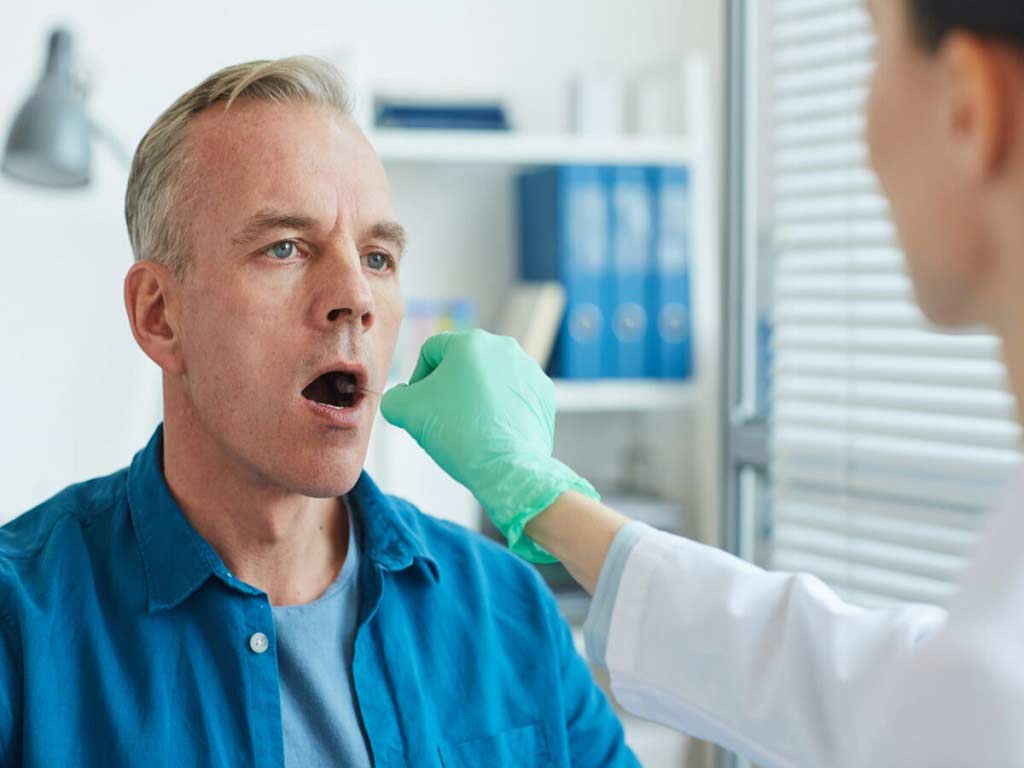Railway Drugs and Alcohol Testing: Significance and Test Methods
09 October, 2023

Railway drugs and alcohol testing is crucial for ensuring safety on tracks. It helps identify workers impaired by substances, preventing accidents. Through testing methods like urine, saliva, blood, hair, and breath tests, railway authorities can promptly detect drug or alcohol presence. This proactive approach safeguards passengers and staff, ensuring a secure travel environment. By addressing potential risks promptly, railways maintain a high safety standard, which is essential for the well-being of all involved.
Industries with high risks, such as mining, transportation, and manufacturing, should enforce strict substance use policies. This is necessary due to the potential dangers associated with their operations. Any impairment caused by substance use can significantly increase the risk of fatalities. Strict policies and regular testing prevent employees from being under the influence of drugs or alcohol while on duty. This article will discuss the importance of railway alcohol and drug testing, including the testing methods, results, and expectations.
Railway Drugs and Alcohol Testing: Importance and Purpose
Railway drugs and alcohol testing plays a vital role in ensuring safety within the rail industry. These mandatory tests serve to reduce risks associated with safety-critical roles. Rail companies can test workers regularly for drugs and alcohol to ensure they can perform their duties safely.
The Rail Safety National Law sets the legal obligations for railway alcohol and drug testing. Rail industry companies, including Network Rail, uphold these standards and ensure a compliant workplace. Additionally, they have established a network of drug testing clinics and mobile locations to facilitate the testing process. Sample collection officers conduct medical assessments as part of the wide-ranging approach to testing.
Failing to conduct drugs and alcohol testing can have negative consequences for both workers and the general public. The absence of these tests increases the chances of drug or alcohol-related accidents. This impacts the welfare of employees, passengers, and the broader community. Therefore, implementing drug and alcohol policies that meet industry standards is important for maintaining a safe rail environment.
Reasons to Conduct a Test for Rail Transport Operators
- Identifying employees affected by drugs or alcohol helps maintain a safe work environment by enabling prompt intervention and support.
- Regular testing assists operators in meeting mandatory requirements and maintaining compliance with industry standards.
- Operators can maintain their reputation by actively ensuring a drug-free workplace, which helps bolster their image in the industry.
- Regular testing can reduce the risk of accidents or incidents caused by drug or alcohol impairment. This proactive approach helps operators avoid legal battles and financial penalties.
- Operators can identify and remove individuals affected by substance abuse to maintain a high-performing workforce and ensure productivity.

Railway Drugs and Alcohol Testing: Types
Railway drugs and alcohol testing employs several methods. Firstly, urine testing is a common approach to identifying drug and alcohol presence. Drug testing clinics or mobile sites collect urine samples and analyse them. Secondly, saliva testing, a less invasive method, detects substances in saliva samples, making it convenient for workplace testing.
Thirdly, blood testing is a highly accurate method, involving lab analysis of a blood sample. In drug-related incidents, using this method is crucial for obtaining definitive results. Fourthly, hair testing is employed to identify long-term drug use. Hair follicles retain substance traces for extended periods, enabling detection over a broader timeframe. This method proves valuable in ensuring a safe workplace by identifying prolonged drug and alcohol use.
Lastly, breath testing is pivotal for detecting alcohol use. It measures a person’s Blood Alcohol Content (BAC) through a breath sample. Often used alongside urine or saliva testing, breath tests provide a comprehensive assessment of alcohol consumption. Overall, these methods offer distinct advantages, collectively enhancing safety measures and preventing accidents in the rail industry.
What Substances Can Be Detected
Drug and alcohol testing can detect a wide range of substances. For instance, the four core drug groups. These include cannabis, cocaine, amphetamine, and opiates. These substances can impair an individual’s judgment, coordination, and reaction time. As a result, individuals under their influence are unfit for safety-critical roles within the rail industry.
Moreover, drug and alcohol testing can detect substances like ethanol (alcohol), methadone, methamphetamine, benzodiazepines, propoxyphene, and MDMA (Ecstasy). By testing a wide range of substances, railway companies address all safety risks related to drug and alcohol use. This approach helps create a safer environment for workers and the public alike.

Railway Drugs and Alcohol Testing: Results and What To Expect
During the railway drugs and alcohol testing process, workers can expect to provide biological samples. A qualified sample collection officer will collect the specimens and send them to a laboratory for analysis. The laboratory test will detect substances such as cannabis, cocaine, amphetamines, and opiates, among others.
If the test results come back non-negative, it indicates the presence of drugs or alcohol above the specified cut-off levels. In such cases, authorities will conduct a medical review to determine the individual’s fitness for duty. Depending on the severity and influence of drugs or alcohol, there may be consequences. These may include mandatory drug counselling or disciplinary actions.
Furthermore, operators must respect workers’ rights by ensuring that drug and alcohol testing procedures are just and non-intrusive. Clear policies and procedures should be established. These policies and procedures should inform employees about the testing process and allow them to challenge test results. This approach promotes a healthy and respectful workplace, ensuring worker safety and well-being.
Are there Risks of False Positives?
False positives may occur in drug and alcohol testing due to various factors. For instance, the testing process itself can produce errors. During sample collection, if the procedure is not followed correctly, contamination or mix-up of samples can happen. This leads to false positives.
Additionally, certain medications can contain substances that might trigger positive results in drug and alcohol tests. This could lead to complications as individuals who rely on medication may unintentionally be identified for drug use. To minimise risks, railway authorities should ensure that sample collection officers are properly trained and follow standardised procedures.
Conclusion
Railway drugs and alcohol testing is essential for safety, ensuring workers can perform duties without impairment. Legal obligations upheld by rail companies mandate regular testing. Various methods like urine, saliva, blood, and hair testing, along with breath tests, are employed. These methods enhance safety measures to prevent accidents in the rail industry. Failing to implement these tests puts the well-being of employees, passengers, and the broader community at risk.
During drug and alcohol testing, workers provide samples collected by trained officers, tested for substances like cannabis and cocaine. Non-negative results prompt medical reviews, potentially leading to counselling or disciplinary actions. Fair and transparent policies protect the rights of workers, promoting a respectful work environment. However, false positives can occur due to procedural errors or medications, posing challenges, especially for those on medication. Proper training and standardised procedures for sample collection officers are crucial to minimise these risks.






























